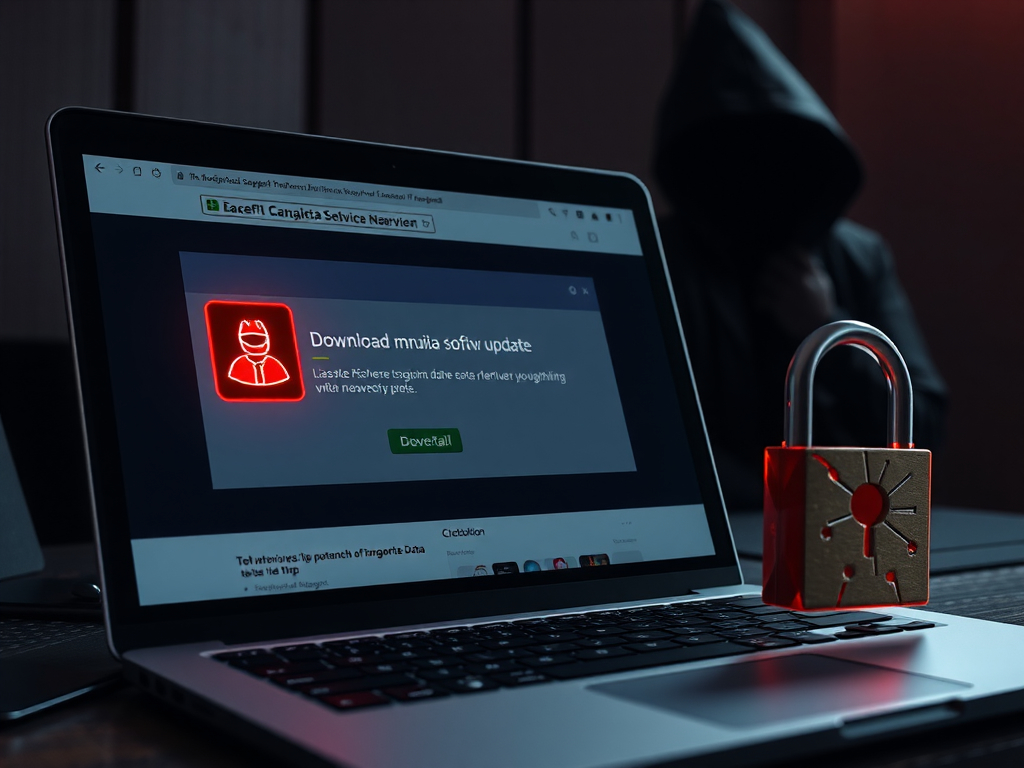Threat Overview
A new threat report published by AlienVault on September 1, 2025, reveals a sophisticated phishing campaign orchestrated by the Lazarus APT group. This report, titled “Traps Beneath Fault Repair: Analysis of Recent Attacks Using ClickFix Technique,” provides an in-depth analysis of how Lazarus is leveraging social engineering tactics to target financial institutions and cryptocurrency exchanges.
Actor Group Description
The Lazarus group, believed to have origins in East Asia, has a well-documented history of conducting high-profile cyberattacks. They are known for their complex and persistent threat activities aimed at stealing sensitive information and financial assets.
Details of the Attack
The recent campaign employs the ClickFix technique, where victims are lured through fake job opportunities to interview websites. These sites prompt users to resolve non-existent camera issues by downloading what appears to be an Nvidia software update. This malicious file actually installs malware that sets up a Node.js environment and executes BeaverTail, a commonly used tool by Lazarus.
For Windows 11 systems, the attack additionally deploys a backdoor named drvUpdate.exe. The malware establishes persistence on the system and connects to command-and-control (C2) servers for further instructions and data exfiltration. Notably, this attack also affects macOS users, highlighting Lazarus’ ability to target multiple operating systems.
Technical Analysis
The ClickFix technique is a clever social engineering ploy that exploits the trust of job seekers. By masquerading as legitimate software updates, the malware bypasses initial scrutiny and gains access to the victim’s system. The use of BeaverTail indicates Lazarus’ continued reliance on established tools, while the deployment of drvUpdate.exe on Windows 11 shows their adaptability to new operating systems.
Impact and Mitigation
The impact of this attack can be severe, as it allows unauthorized access to sensitive data and control over affected systems. Organizations targeted by Lazarus should implement the following mitigation strategies:
- Enforce strict email filtering to block phishing attempts.
- Educate employees about the risks of social engineering attacks and how to recognize suspicious emails and websites.
- Implement multi-factor authentication (MFA) for all accounts, especially those with access to sensitive information.
- Regularly update and patch systems to close known vulnerabilities.
- Deploy endpoint detection and response (EDR) solutions to detect and respond to malware activity in real-time.
The report underscores the need for continuous vigilance and proactive security measures. Organizations must stay informed about emerging threats and adapt their defenses accordingly.


